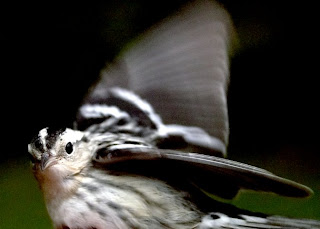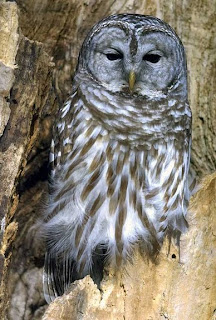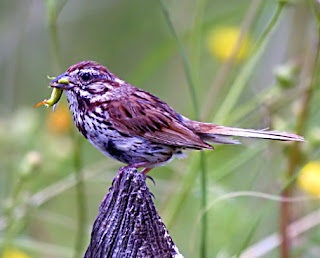How does all this naming and systematics help you?
Look at the table to contents in your bird guide: the birds are presented in a nonrandom order, from the birds thought to be most primitive to those that have the greatest cluster of advanced characteristics. This order is not sacrosanct! But it does tell you the latest scientific thinking on the order in which the groups descending through time. Knowing this order will help you quickly find groups of birds that you are trying to identify.
I am not asking you to memorize scientific names (besides orders) but, as you look at the various pages in the book, say warblers, by knowing that the Black-and-white Warbler is in the genus Mniotilta--you know its significantly different from Dendroica warblers. Vermivora warblers are different yet. With practice, these genera can be recognized in the field.
Unlike other animal groups, because the AOU checklist has been so religiously followed, common names really can be used for North American Birds and, indeed, may sometimes be more stable.
I am not asking you to memorize scientific names (besides orders) but, as you look at the various pages in the book, say warblers, by knowing that the Black-and-white Warbler is in the genus Mniotilta--you know its significantly different from Dendroica warblers. Vermivora warblers are different yet. With practice, these genera can be recognized in the field.
Unlike other animal groups, because the AOU checklist has been so religiously followed, common names really can be used for North American Birds and, indeed, may sometimes be more stable.
Black and White Warbler
Blue-winged Warbler (Vermivora)
Chestnut-sided Warbler (Dendroica)






Comments
Post a Comment